Block: 72
Timestamp: 01:00:03

AuditProfile
Security blog
Seaport: integration nuance
Reading reports from various contest platforms I noticed there are so many bugs in protocols that were planned to be integrated with other ones. So I thought it'd be useful to make a series of posts about the nuances of integration with different projects, like SeaPort for today.
Seaport is a marketplace protocol for safely and efficiently buying and selling NFTs on the blockchain. Each Seaport order has many components, but we'll first discuss the: the offer and the consideration.
offer: what I am willing to give up (ETH / ERC20 / ERC721 / ERC1155).
The address and the identifierOrCriteria represent which token is being offered (in this case, WETH), and the startAmount and endAmount represent how much of that token you're willing to pay.
consideration: what is required in return (ETH / same ERC)
The address is the address of the Cool Cats NFT contract, the identifierOrCriteria is 1 because we want the NFT with tokenId 1, and the startAmount and endAmount are also 1 because we are offering for a single NFT
If you place this offer through the OpenSea website, OpenSea generates a Seaport order with those offer and consideration structs (and a bunch more info). OpenSea asks you to sign the order, and when you do, the order is submitted to the Seaport contract directly.
On the previous screen you should notice that offer and consideration options are arrays.
The consideration contains an array of items that must be received in order to fulfill the order. It contains all of the same components as an offered item, and additionally includes a recipient that will receive each item. This array may be extended by the fulfiller on order fulfillment so as to support "tipping" (e.g. relayer or referral payments).
Here what it means:
Auditing Tip: Whenever you are looking for bugs in a protocol that integrates with Seaport, you should check if a hacker can add a malicious token to the consideration array.
Also check if consideration array has the same size at different order timepoints.
#seaport
#nft
#struct
Study for free
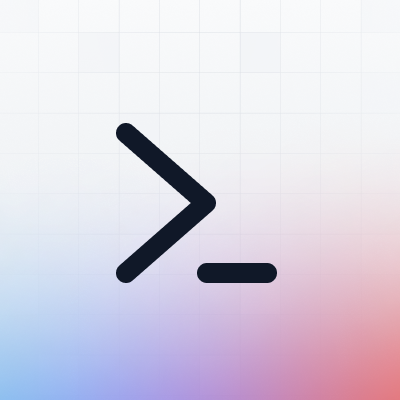
Cyfrin Updraft
Completely free courses

RareSkills Tutorials
Learn more about the blockchain world
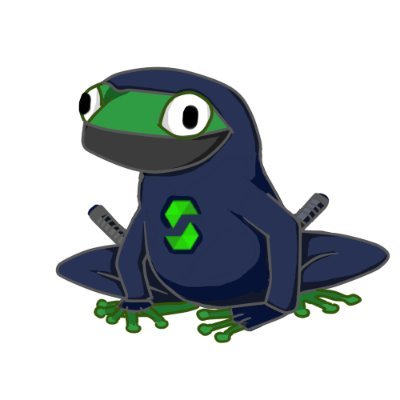
Smart Contract Programmer
Free education videos
Awesome Books
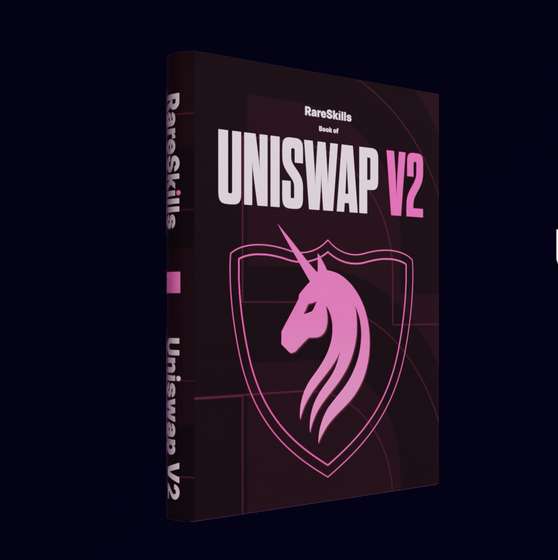
Uniswap V2 Book
by RareSkills
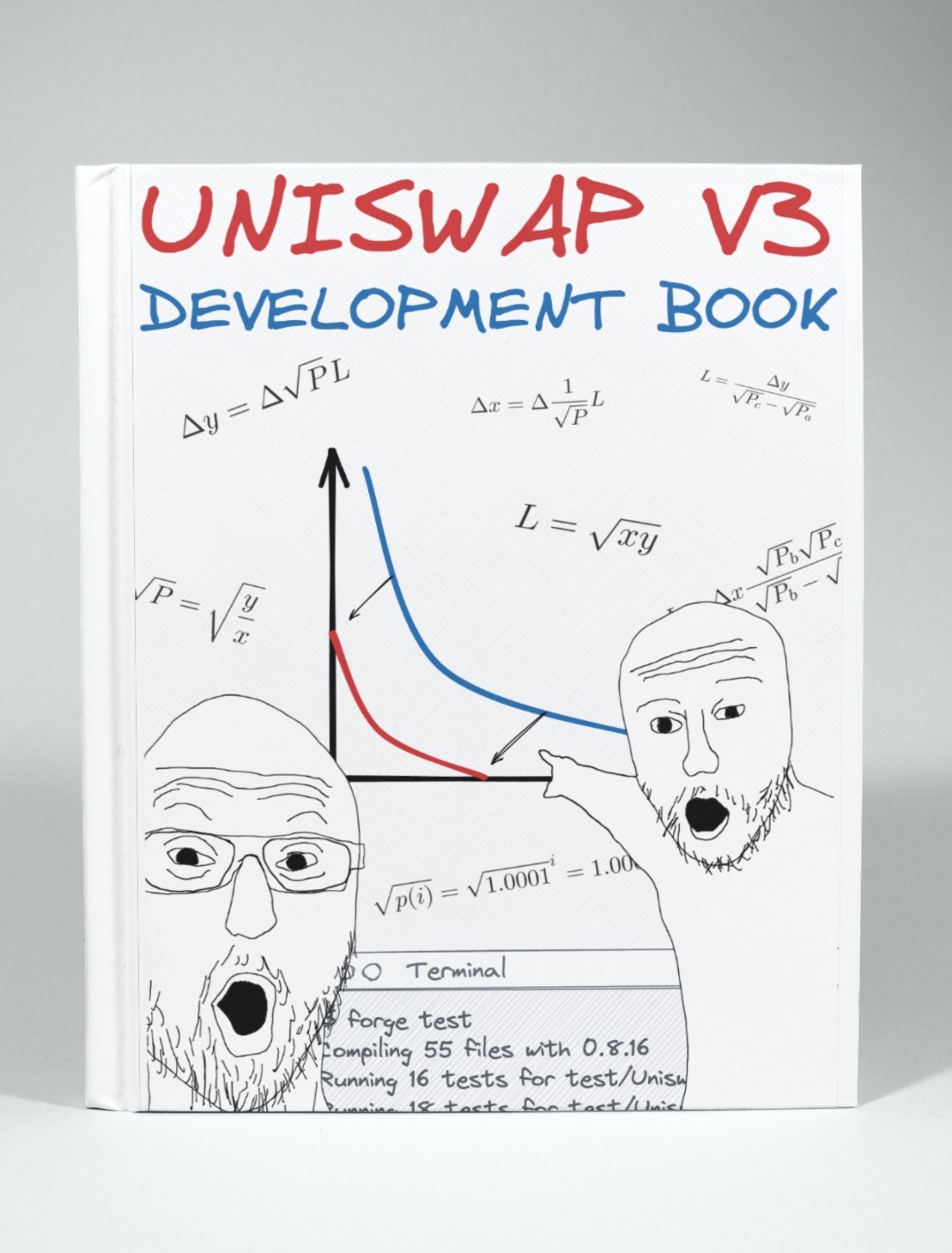
Uniswap V3 Book
by Jeiwan
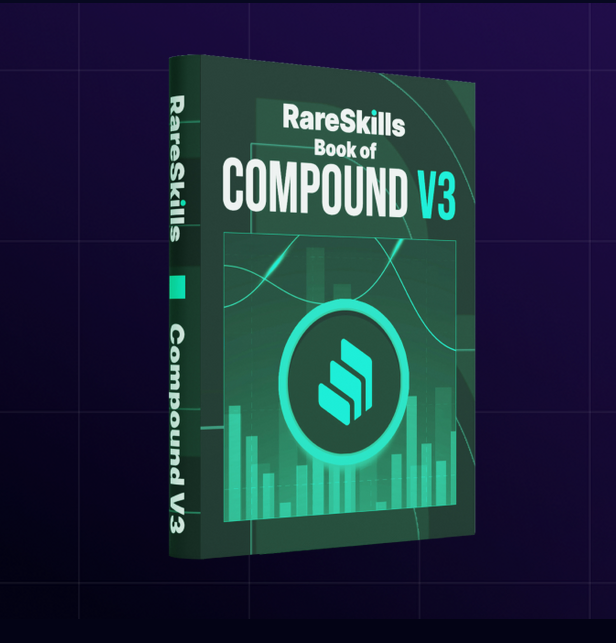
Compound Book
by RareSkills
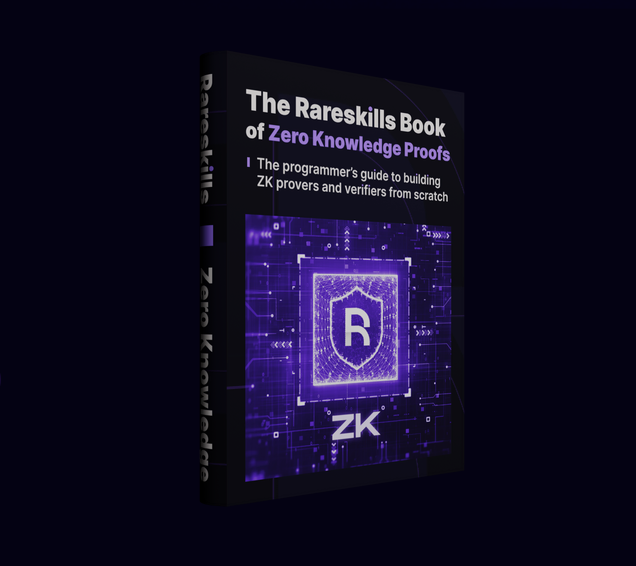
ZK Book
by RareSkills
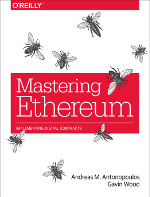
Ethereum Book
by Andreas M. Antonopoulos, Gavin Wood
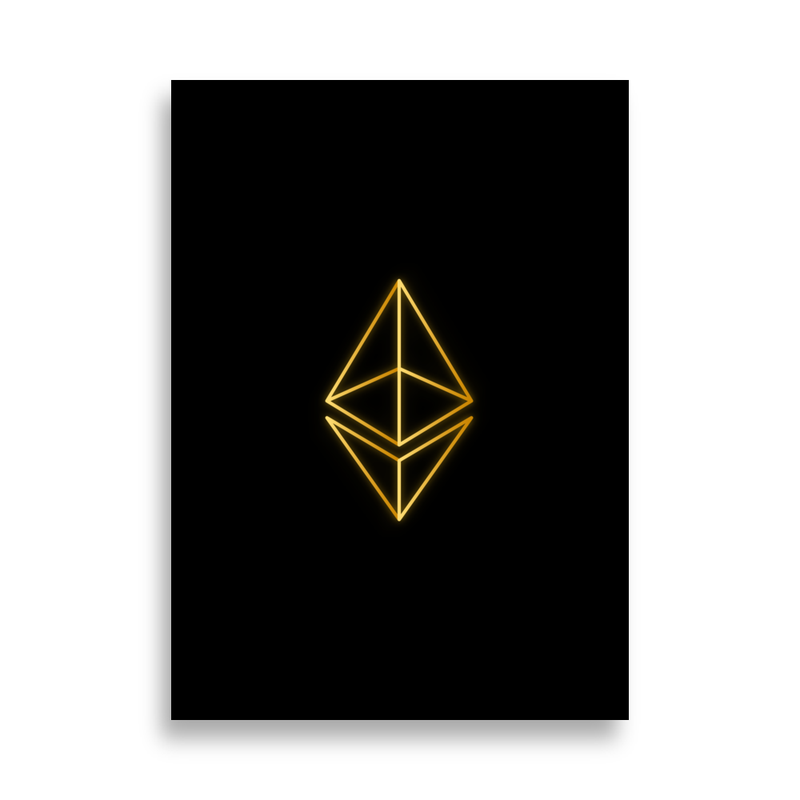
Beigepaper
by Micah Dameron
Useful tools
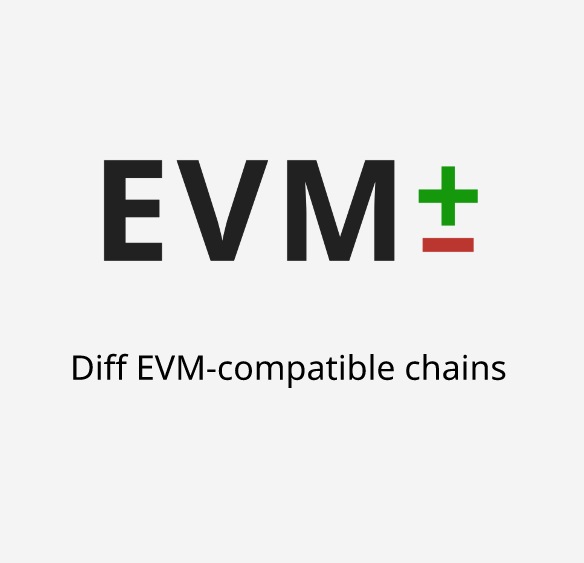
EVM diff
Compare execution layer differences between chains
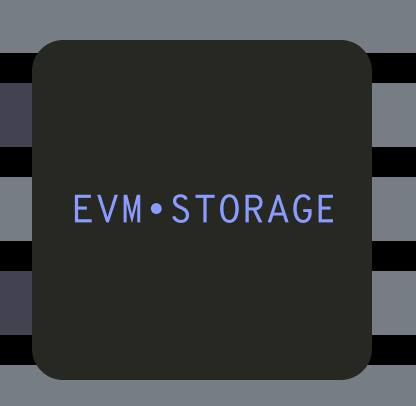
EVM storage
Dive deep into the storage of any contract

